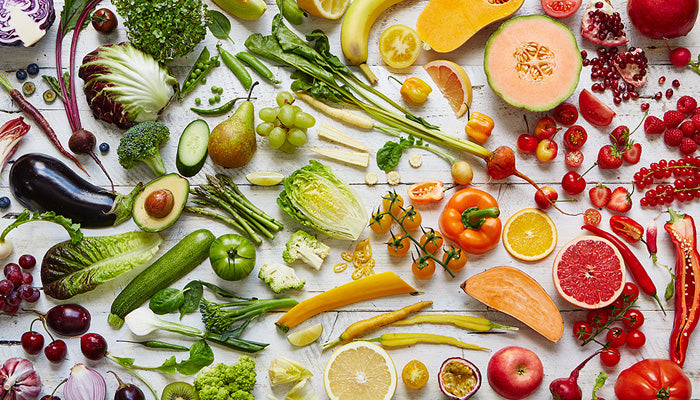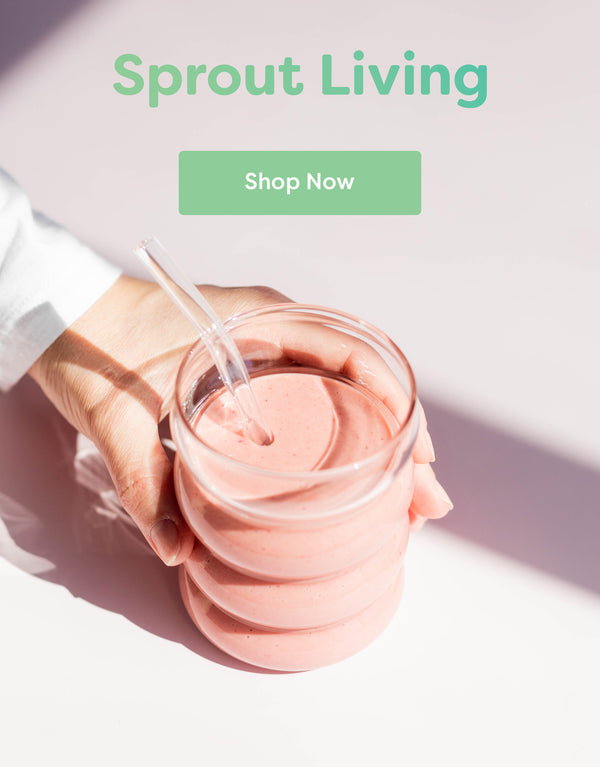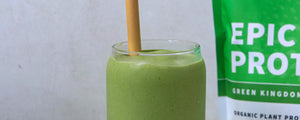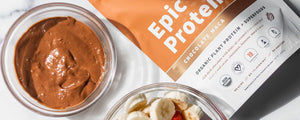
Importance of a Colorful Diet
When it comes to eating healthy, so much advice seems to focus on what not to eat. Consume less carbs! Avoid sugar! Don’t eat meat! So much in fact, that it’s sometimes easy to forget just how many amazing foods are out there that are truly great for you. It’s no surprise that fruits and vegetables top the chart, and it’s likely been on all of our to-do lists to consume more of them.
A lot of individuals eat a fairly monochromatic, habitual diet. They tend to eat the same fruits and vegetables day after day, week after week. Yes, fruits and vegetables offer astounding health benefits, and some will always be better than none, but did you know that different color groups represent different benefits they can provide? Each color class offers its own unique set of phytochemicals, which not only gives them their like color, but also their like powerful nutrients. It’s really so convenient that nature has color-coded everything for us!
It’s really so convenient that nature has color-coded everything for us!
Phytonutrients are the natural chemical compounds found in fruits and vegetables and are the reason plant based foods are so beneficial to eat. They help prevent most chronic diseases, have anti-aging properties, boost the immune system and promote overall health in general. Eating a variety of greens and berries can supply the body with over 20,000 different phytochemicals over the course of just one day. No bottled extract can match the health benefits of such a broad force, and this is why it’s so important to eat the spectrum.
There’s a range of reasons why so many health experts are pushing a diet rich in color. When you focus on eating a variety of fruits and vegetables you end up eating more of what’s good for you and less of what’s not (starchy, processed foods). Here are a few great reasons to color up your cart the next time you cross the produce section:
Maximize nutrition
As mentioned before, every shade in the produce section represents a variety of different health benefits. For example, red foods like tomatoes and red peppers are high in lycopene, a powerful antioxidant that protects the skin. Green foods, on the other hand, like spinach, kale and zucchini, offer a high level of heart-loving potassium. To summarize simply: the more variety of color, the more variety of health benefits your body will harvest. Try to include a mix of: red, green, blue/purple, yellow/orange and white (think cauliflower, onions and garlic).
To summarize simply: the more variety of color, the more variety of health benefits your body will harvest.
Improve taste
When attempting to eat more colorfully, it also makes sense to eat seasonal. Aside from saving some hard earned cash (supply and demand and all that, hoorah!), eating seasonal will also ensure that you’ll be loading up on produce picked at their height of freshness, when they provide the greatest nutritional content. Plus, food grown outside of their season or natural environment need a lot more human assistance, often in forms of pesticides and preservatives, to thrive and look appealing to us consumers. Yikes! So make more visits to your local farmers market or get your own backyard growing.
Avoid boredom
Pairing boiled broccoli with every single dinner is anything but exciting. Use your attempt to eat more colorfully and seasonal to get inspired and excited to try new foods! This will also help you to learn how to prepare different fruits in vegetables in new ways and hopefully keep you motivated about healthy eating and healthy living in general. Veggies aren’t just for salads and fruits don’t have to be eaten on their own. Think outside the box and get creative in the kitchen. Add a little color to your culinary lifestyle (pun intended). You might be surprised at what you find you actually like. Yes, beets can actually taste good!
How to eat the rainbow in a day?
There’s no exact number of produce-provided colors you should be eating with each meal. Don’t overcomplicate it. It’s more about the overall idea, which again is to maximize fruit and vegetable consumption and their incredible potential by getting as large of a variety as you can. Make it a goal to sample from each color daily, and when it comes to cooking get as innovative as your imagination will allow.
Whip up a smoothie with some hidden greens (honestly, you can’t even taste them), top your morning cereal with some freshly sliced fruit or make a homemade vegetable soup. Browse the recipe section on our site for some amazing ideas for plant-based meals, snacks and beverages from some of the most renowned bloggers.
Photo credit: jamieoliver.com






